It feels like there has always been sheep on this farm, although I recently worked out that they have now been here for the last 37 years.
In the early days, we didn’t bother to scan the ewes, and just waited to see what they had.
The ewes were lambed outside and that often threw up further issues.
I would find a ewe with a single lamb in the morning and couldn’t help thinking that maybe she had another one that the fox retrieved.
There were mornings that I spotted the fox heading off with a lamb in his mouth.
It was tough going lambing outside. I would head out at night to find a ewe lambed with three lambs, with the newborns half dead due to the cold and wet.
I decided to start scanning the ewes, with the intention that I would house the ewes carrying multiple lambs
Of course, there were plenty that lambed during the day and without problems, but you only seem to remember the difficult ones.
To improve the situation, I decided to start scanning the ewes, with the intention that I would house the ewes carrying multiple lambs.
To some extent, this helped. But there were issues with mis-mothering and while I probably ended up with more lambs, the additional numbers often ended up as pets. So, was I really any better off?
At the time, we were only selling about 140 lambs for every 100 ewes put to the ram. This wasn’t enough. We had big ewes being wasted with one lamb.
All ewes housed
We then moved over to housing everything and fostering any surplus lambs onto ewes with singles.
This certainly made a difference, and we ended up weaning more lambs, but we were still a long way short of where I wanted to be.
We decided to go with New Zealand Suffolk crossed with Belclare, and later we introduced Lleyn
I set a target to wean two lambs for every ewe put to the ram. To achieve that, I realised I needed to change the breeding of the ewes.
We decided to go with New Zealand Suffolk crossed with Belclare, and later we introduced Lleyn.
This brought us into better sheep with more lambs and the capability to rear them. We now regularly have a scanning result in excess of 200%.
2022 scanning
We scanned the ewes a couple of weeks ago. The lowest batch was at 198% and the highest batch was 222%. This includes all the ewes that went to the ram.
There are lots of farmers who would not want a scanning result like this, and I can understand why. Having the majority of ewes carrying multiple lambs does create significant extra work around lambing.
There will be lots of smaller lambs from the triplets and quads that will need extra attention. We will try and save as many as possible, and get as many fostered as possible.
It is going to take a lot more time in the lambing shed.
Why bother?
I can hear some people asking why you would want such stress and extra hard work, but we have our reasons.
I have three sons who are all trying to get a living from this farm (as well as myself) and the availability of land is severely hampering our progress.
We cannot afford any wastage. Every ewe (or cow) must be producing to their maximum ability.
It takes (roughly) the same area of land to graze a ewe with a single lamb as it does to graze one with twins. If you have the right ewes, then they should rear two lambs as easily as one.
Ultimately, we want each ewe going to the field with two lambs
In an ideal world, we would get every ewe to have just two lambs each, but nothing is ever that straightforward.
In our bid to achieve our target, we will have lots of triplets and quads, as well as some singles.
Ultimately, we want each ewe going to the field with two lambs.
This approach won’t suit everyone, and it only works here when everything is in place.
That starts with getting the ewes scanned, then fed accordingly, housed for lambing and finally, ensuring there is plenty of labour on hand.
There probably won’t be much sleep for a few weeks.
Read more
Farmer Writes: stung by empty rate in autumn cows
Watch: Farmer Writes - our customers need to cop on to our costs
It feels like there has always been sheep on this farm, although I recently worked out that they have now been here for the last 37 years.
In the early days, we didn’t bother to scan the ewes, and just waited to see what they had.
The ewes were lambed outside and that often threw up further issues.
I would find a ewe with a single lamb in the morning and couldn’t help thinking that maybe she had another one that the fox retrieved.
There were mornings that I spotted the fox heading off with a lamb in his mouth.
It was tough going lambing outside. I would head out at night to find a ewe lambed with three lambs, with the newborns half dead due to the cold and wet.
I decided to start scanning the ewes, with the intention that I would house the ewes carrying multiple lambs
Of course, there were plenty that lambed during the day and without problems, but you only seem to remember the difficult ones.
To improve the situation, I decided to start scanning the ewes, with the intention that I would house the ewes carrying multiple lambs.
To some extent, this helped. But there were issues with mis-mothering and while I probably ended up with more lambs, the additional numbers often ended up as pets. So, was I really any better off?
At the time, we were only selling about 140 lambs for every 100 ewes put to the ram. This wasn’t enough. We had big ewes being wasted with one lamb.
All ewes housed
We then moved over to housing everything and fostering any surplus lambs onto ewes with singles.
This certainly made a difference, and we ended up weaning more lambs, but we were still a long way short of where I wanted to be.
We decided to go with New Zealand Suffolk crossed with Belclare, and later we introduced Lleyn
I set a target to wean two lambs for every ewe put to the ram. To achieve that, I realised I needed to change the breeding of the ewes.
We decided to go with New Zealand Suffolk crossed with Belclare, and later we introduced Lleyn.
This brought us into better sheep with more lambs and the capability to rear them. We now regularly have a scanning result in excess of 200%.
2022 scanning
We scanned the ewes a couple of weeks ago. The lowest batch was at 198% and the highest batch was 222%. This includes all the ewes that went to the ram.
There are lots of farmers who would not want a scanning result like this, and I can understand why. Having the majority of ewes carrying multiple lambs does create significant extra work around lambing.
There will be lots of smaller lambs from the triplets and quads that will need extra attention. We will try and save as many as possible, and get as many fostered as possible.
It is going to take a lot more time in the lambing shed.
Why bother?
I can hear some people asking why you would want such stress and extra hard work, but we have our reasons.
I have three sons who are all trying to get a living from this farm (as well as myself) and the availability of land is severely hampering our progress.
We cannot afford any wastage. Every ewe (or cow) must be producing to their maximum ability.
It takes (roughly) the same area of land to graze a ewe with a single lamb as it does to graze one with twins. If you have the right ewes, then they should rear two lambs as easily as one.
Ultimately, we want each ewe going to the field with two lambs
In an ideal world, we would get every ewe to have just two lambs each, but nothing is ever that straightforward.
In our bid to achieve our target, we will have lots of triplets and quads, as well as some singles.
Ultimately, we want each ewe going to the field with two lambs.
This approach won’t suit everyone, and it only works here when everything is in place.
That starts with getting the ewes scanned, then fed accordingly, housed for lambing and finally, ensuring there is plenty of labour on hand.
There probably won’t be much sleep for a few weeks.
Read more
Farmer Writes: stung by empty rate in autumn cows
Watch: Farmer Writes - our customers need to cop on to our costs




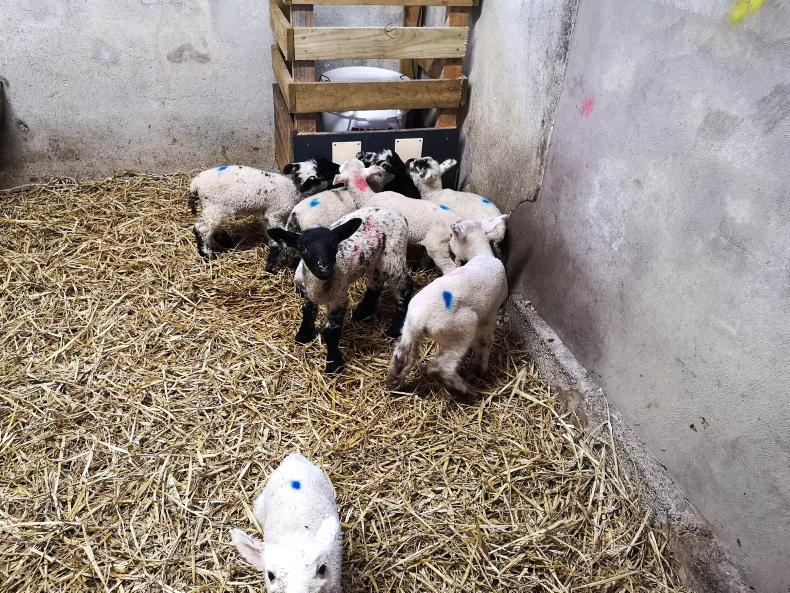
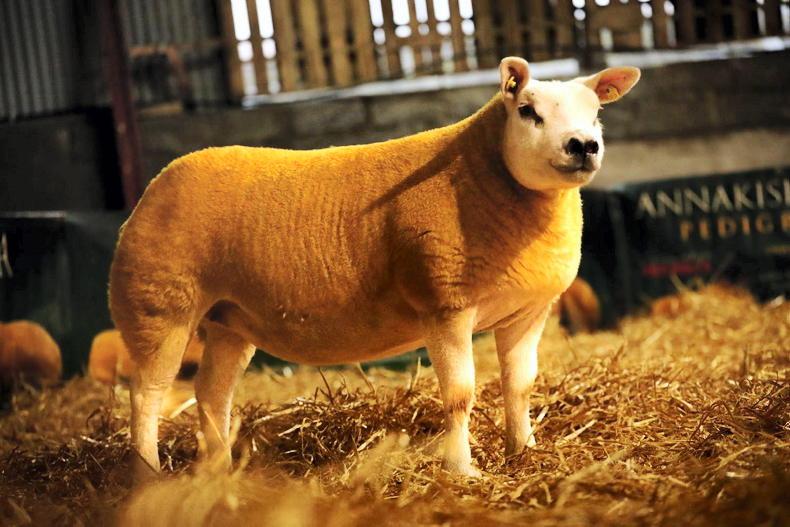
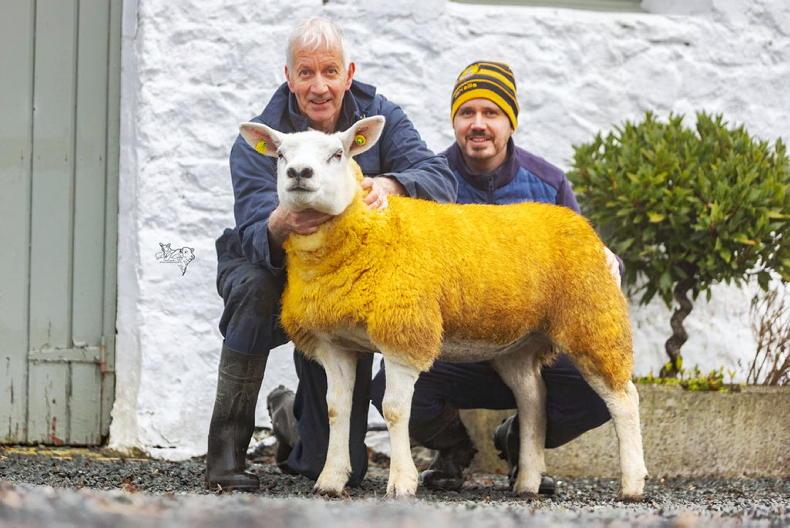
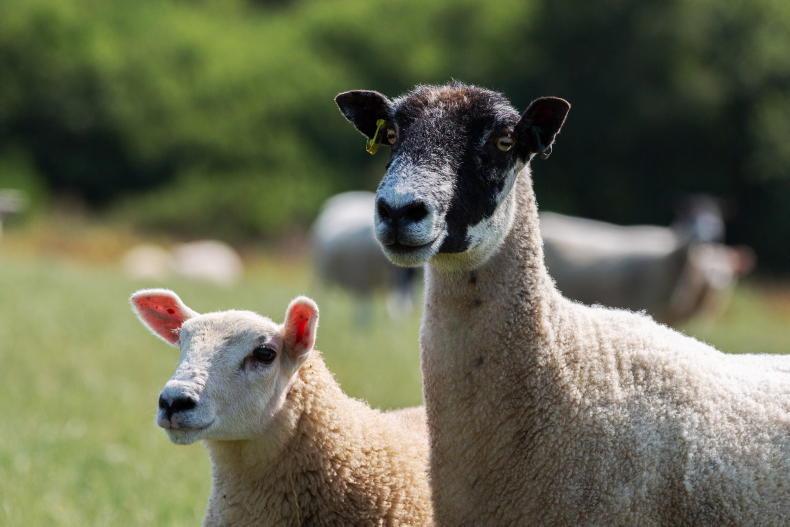
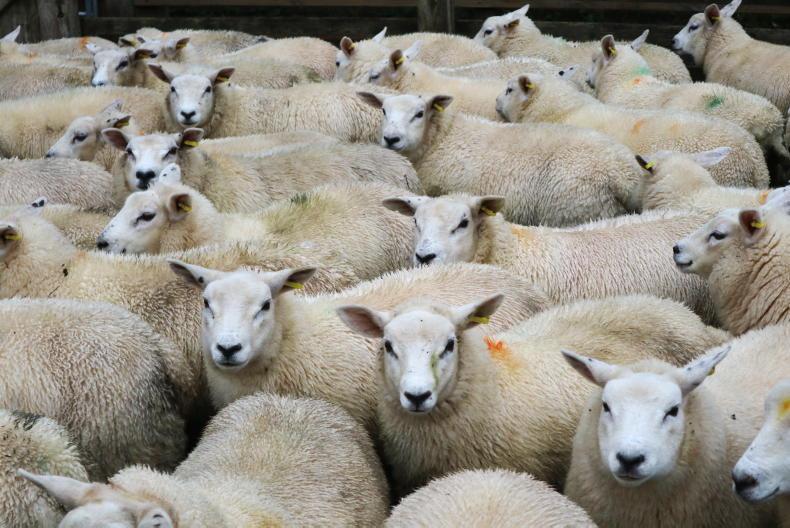
SHARING OPTIONS